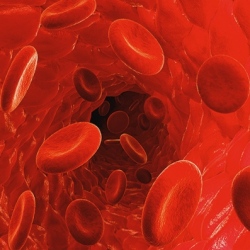
Researchers have discovered a structure which could help us understand why some cancers develop. For the first time a structure called ‘the mesh’ has been identified which can hold together cells. This discovery, which has been published in journal eLife, changes our understanding of the cell’s internal scaffolding.
This also has implications for researchers’ understanding of cancer cells as the mesh is partly made of a protein which is found to change in certain cancers, such as those of the breast and bladder.
The finding was made by a team led by Dr Stephen Royle, associate professor and senior Cancer Research UK Fellow at the division of biomedical cell biology at Warwick Medical School. Dr Royle said: "As a cell biologist you dream of finding a new structure in cells but it’s so unlikely. Scientists have been looking at cells since the 17th Century and so to find something that no-one has seen before is amazing."
Researchers at the University’s Warwick Medical School made the discovery by accident while looking at gaps between microtubules which are part of the cells’ ‘internal skeleton’. In dividing cells, these gaps are incredibly small at just 25 nanometres wide, 3,000 times thinner than a human hair.
One of Dr Royle’s PhD students was examining structures called mitotic spindles in dividing cells using a technique called tomography which is like a hospital CAT scan but on a much smaller scale. This meant that they could see the structure which they later named the mesh.
Mitotic spindles are the cell’s way of making sure that when they divide each new cell has a complete genome. Mitotic spindles are made of microtubules and the mesh holds the microtubules together, providing support. While "inter-microtubule bridges" in the mitotic spindle had been seen before, the researchers were the first to view the mesh.
The study received funding and support from Cancer Research UK and North West Cancer Research. Dr Royle said: "We had been looking in 2D and this gave the impression that ‘bridges’ linked microtubules together. This had been known since the 1970s. All of a sudden, tilting the fibre in 3D showed us that the bridges were not single struts at all but a web-like structure linking all the microtubules together."
